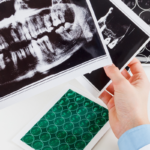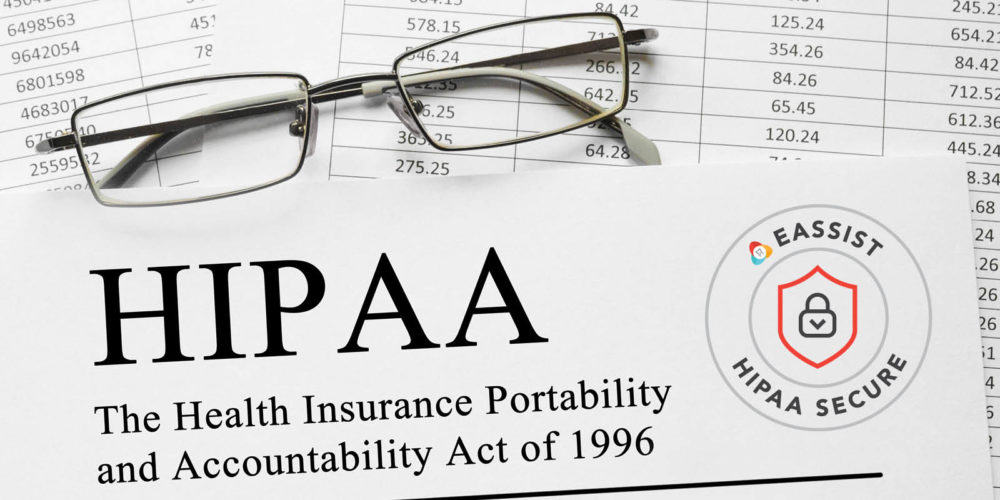Electronic Funds Transfers Saves Money and Time
By Melinda Wilhelm, Director of Talent Management
Only 6.4% of claim payments to dental practices are made via the health-care EFT standard. Why is this happening?
According to Regina Belot, Accounting specialist at eAssist, https://dentalaccounting.com, it is because the office staff are not trained to properly post the transferred funds, resulting in errors. When the doctors hear of errors or complaints about the system they tend to return to receiving paper checks and EOBS. Also, there is always resistance to change in dental practices with the motto “If it isn’t broken, don’t fix it.”
Priscilla Holland, AAP, from her article in Dentistry IQ December 2016 reports that: The 2014 CAQH Index reports that providers can save an average of $7.21 per payment by moving from paper checks and explanation of benefits to health-care EFT standard payments and electronic remittance advices (ERAs)/ In the past, the lack of an EFT standard placed a heavy burden on providers of all types. Providers interested in receiving EFT payments had to deal with a variety of enrollment procedures, and transactions were often delayed and with no standard it was difficult to match payments with claims.
As part of the Patient Protection and Affordable Care Act, the new health-care EFT standard, NACHA’s ACH CCD+ Addenda, took effect in January 2014 to help remedy those problems. For health-care and dental professionals, the new standard offers a faster, easier, and less expensive way to handle payments. For example, each EFT payment includes a trace number, which makes matching outstanding claims with payments quick and easy for accounting offices. The health-care EFT standard is the only payment method with this feature.
Healthcare EFTs via ACH are also faster than paper checks and card payments. Healthcare EFTs are received as quickly as direct deposit, funds are deposited directly into your bank account, and the transferred funds are available up to seven days faster than with paper checks.
Additionally, health-care EFTs via ACH are more secure than checks, the dominant payment form targeted by fraudsters, and all transactions are compliant with HIPAA privacy standards. The most significant benefit, though, might be the cost savings afforded by using the health-care EFT standard instead of other payment types. The cost of an EFT via ACH payment is, on average, 34 cents. Other EFT payment types, such as wire transfers and credit cards, can cost an average of $10.73 or more per transaction, or more than $7 per check, according to the 2014 CAQH Index.
Overall, the cost reductions and improved efficiencies afforded by the health-care EFT standard could save dental practices, physician practices, and hospitals up to $4.5 billion over the next 10 years, according to preliminary estimates from the Department of Health and Human Services.
To get started, dental providers can simply contact their dental plans, choose the health-care EFT standard, and provide the dental plan organizations with their payment information.
For more information contact: healthcare.nacha.org.
From Jennifer Harvey, Regional Manager at eAssist:
“The most efficient way to do this is to go off your bank statement. Check this daily, get the trace numbers and it then takes seconds to pull these up and post them.
Many times, employees are grabbing the EFT’s from the insurance portal, posting them, yet they still haven’t been deposited in your bank account. Not to mention the time it takes to search for all of them.
eAssist specializes in making sure these claims are posted accurately with any proper adjustments that are required. They also have perfected systems that assure you are getting your money! Their service may not be for everyone, but they have hundreds of practices that have eased the burden of insurance and insurance money concerns!”
Want more information about our bookkeeping services to help save you time and money? Call us today at: Toll Free 844-eAssist or 844.327.7478 or, https://dentalaccounting.com
eAssist Helpful News and Billing Tips; Edition #126





0 Comments